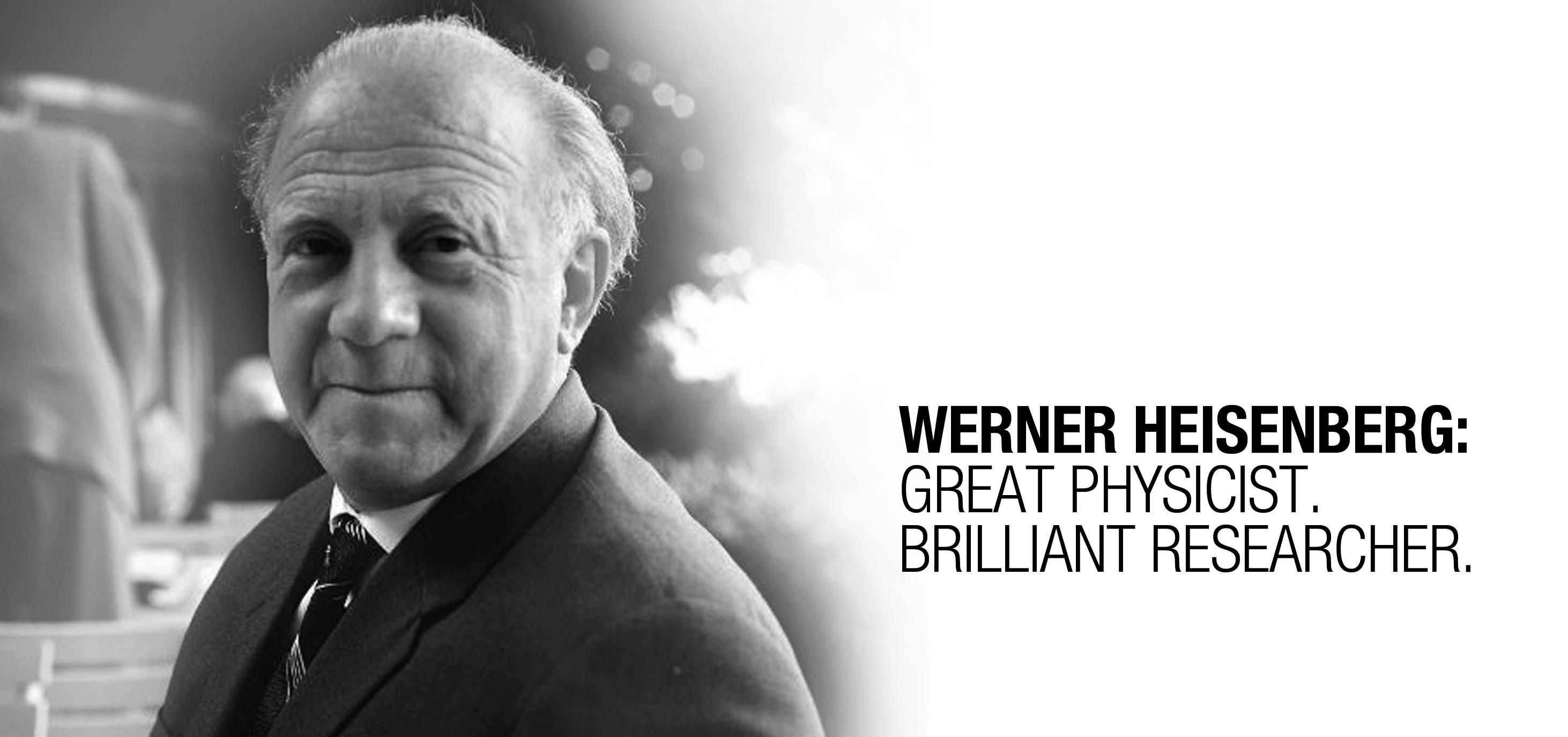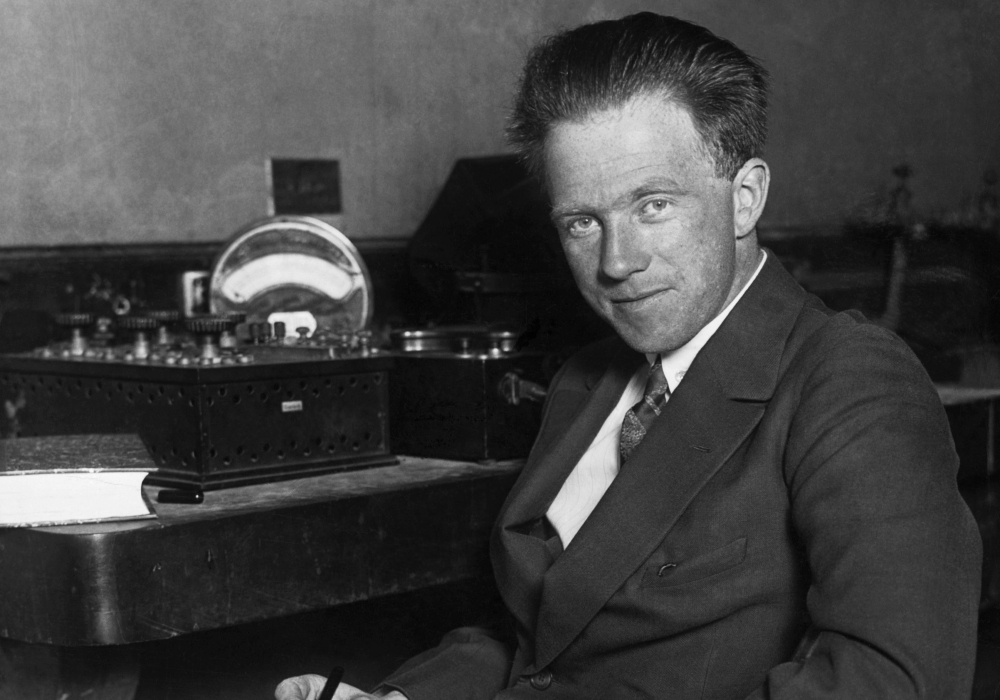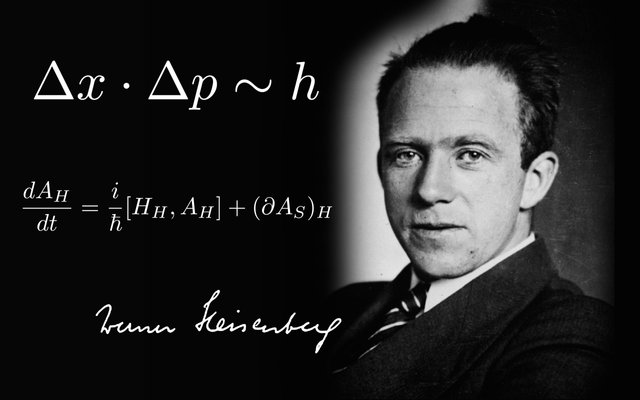Biography of Werner Heisenberg
Werner Karl Heisenberg
Birthday: 05/11/1901 of the year
Age: 74 years old
Place of birth: Würzburg, Germany
Date of death: 01/02/1976
Place of Death: Munich, Germany

Biography
German theoretical physicist, awarded in 1932 Nobel Prize in Physics for the creation of matrix mechanics. He was born on December 5, 1901 in Würzburg.
He was born on December 5, 1901 in Würzburg. In 1920 he entered the University of Munich, where he attended a course of lectures on theoretical physics A. Sommerfeld; In 1923-1927 he graduated from the University in 1923. In 1923-1927 he was assistant to M. Born in Goettingen University, in 1927-1941 he was a professor of physics at the Leipzig and Berlin universities, in 1941 he was director of the Max Planck Institute of Physics in Berlin and a professor at the University of Göttingen.

In 1925, Heisenberg, together with N. Bohr, developed the so-called. matrix mechanics is the first version of quantum mechanics. Heisenberg came to this theory, trying to resolve the contradictions of the model of the structure of the atom, combining classical equations of motion and Bohr's postulates. Heisenberg postulated that elementary particles possess wave properties and can not be observed in the traditional sense. These are wave packets propagating in space, which, depending on the nature of the investigation, can be considered either as waves or as particles. Each physical quantity was associated with a certain operator, and the operators were represented in the form of infinite matrices (hence the name of the theory). On the basis of his theory Heisenberg produced a quantum-mechanical calculation of the helium atom, showing the possibility of its existence in two different states (ortho- and para-).

In 1927 Heisenberg formulated in mathematical form the "uncertainty principle", which arose from the need to take into account the material nature of observation of an elementary particle. According to this principle, it is impossible to accurately indicate simultaneously the coordinates of the particle and its momentum: the more accurately the experimenter determines one of these characteristics, the less accurate the value of the other will be. In the description of the atomic object, its state and behavior, an essentially new moment - the concept of probability - was introduced.
In 1928, Heisenberg, together with P. Dyrak, advanced the idea of exchange interaction, independently of Ya. I. Frenkel, developed a quantum-mechanical theory of the spontaneous magnetization of ferromagnets, based on the exchange interaction of electrons. In 1929, together with V.Pauli worked on the construction of the theory of quantum electrodynamics, introducing a scheme for quantizing fields. I tried to get masses and other characteristics of elementary particles from a single field equation.
Heisenberg published a number of books, including the Physical Principles of Quantum Theory (Die physikalische Prinzipien der Quantentheorie, 1930), Physics and Philosophy (Physik und Philosophie, 1958), Physics and beyond (Physics and Beyond, 1971).
Heisenberg died in Munich on February 1, 1976.
